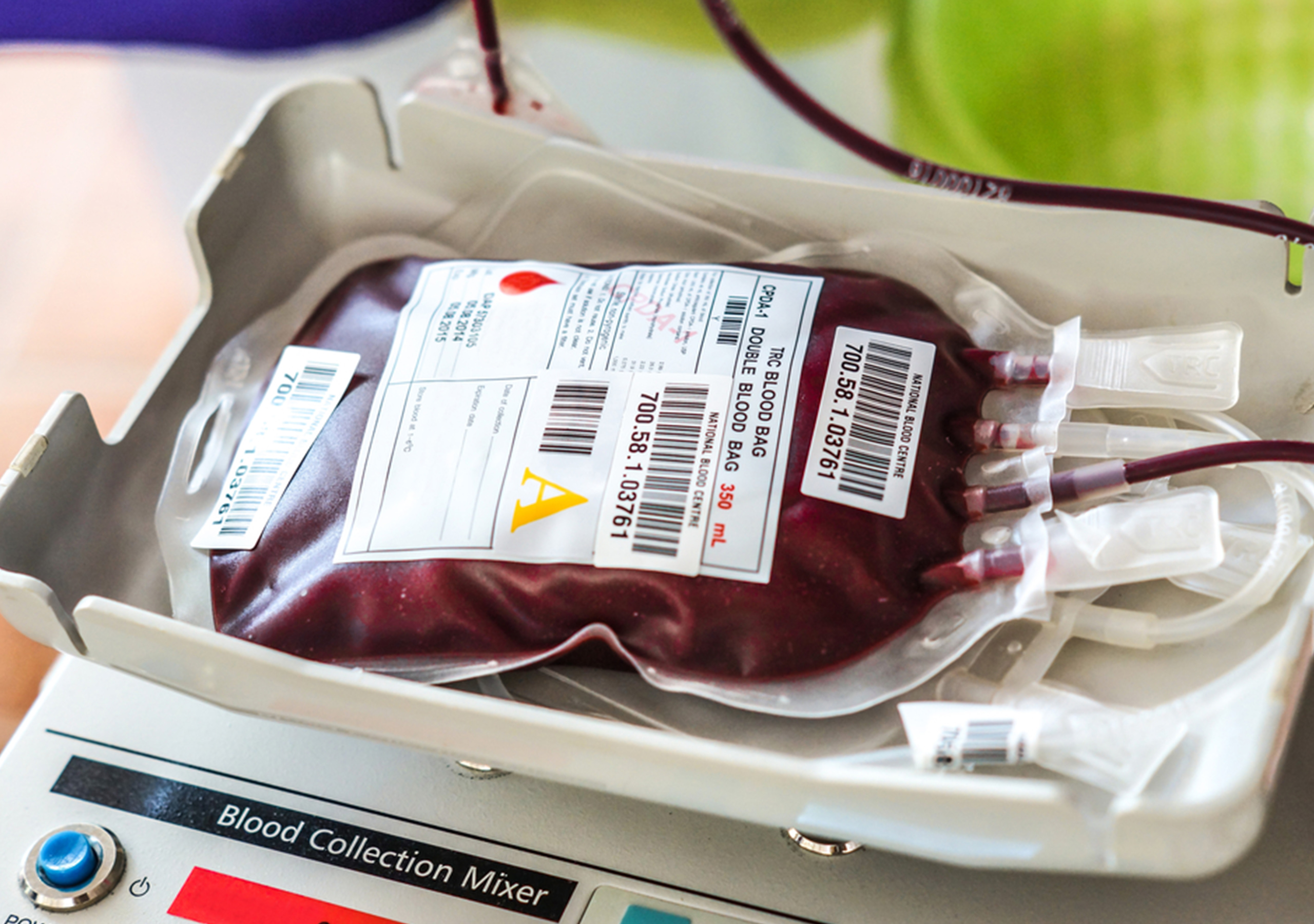
For people who aren’t already in the healthcare field, it can be mighty confusing to decipher all of these terms and procedures. If one were to Google “cardiopulmonary bypass” right now, the terms “perfusion” and “ECMO” would also pop up and vice versa. Let’s check out the difference between the three and also discuss when each would come into play (and for what purpose).
Cardiopulmonary Bypass = Perfusion
A large number of patients that need heart surgery will have to be placed on a heart-lung machine. This happens when a surgeon (or surgeons) need to operate on still organs as opposed to them being constantly in motion. By taking over the job of these specific organs, the heart-lung machine allows the heart and lungs to lie still. This procedure is known as cardiopulmonary bypass (or CPB). Cardiopulmonary bypass is also known as perfusion. Even though they sound different, they are the exact same. The term “perfusion” comes from the French verb “perfuse” meaning to pour over or through. The person trained to operate this machine is called a perfusionist. The perfusionist uses artificial blood pumps to propel blood through a patient’s body tissue, hence the name. This replaces the functions of the heart.
So then how is ECMO different? And when is it used?
If cardiopulmonary bypass and perfusion are terms used for the same procedure during surgery, then ECMO (or extracorporeal membrane oxygenation) is the term used for the procedure after the surgery. In some medical cases, the patient will need to stay on the ECMO machine, which is similar to the heart-lung machine used in open-heart surgery. It pumps and oxygenates blood outside the body, allowing the heart and lungs to rest. Someone may need ECMO support as they wait for an organ transplant. ECMO is also used to support lung function after a life-threatening illness, for instance, lung damage from infection, or shock from a major heart attack. The typical course for someone on ECMO is somewhere around 3 to 5 days, but in more severe cases, heart-lung support may be continued for up to 25 to 30 days. Many factors play into this decision such as the severity of injury or age. Over 44 percent of all ECMO patients are newborn babies, which is still the largest category of patients. Adult patients make up around 31 percent.
To learn more about cardiopulmonary bypass, please visit our perfusion service line page here. For more information on ECMO, click here.



Comments are closed.